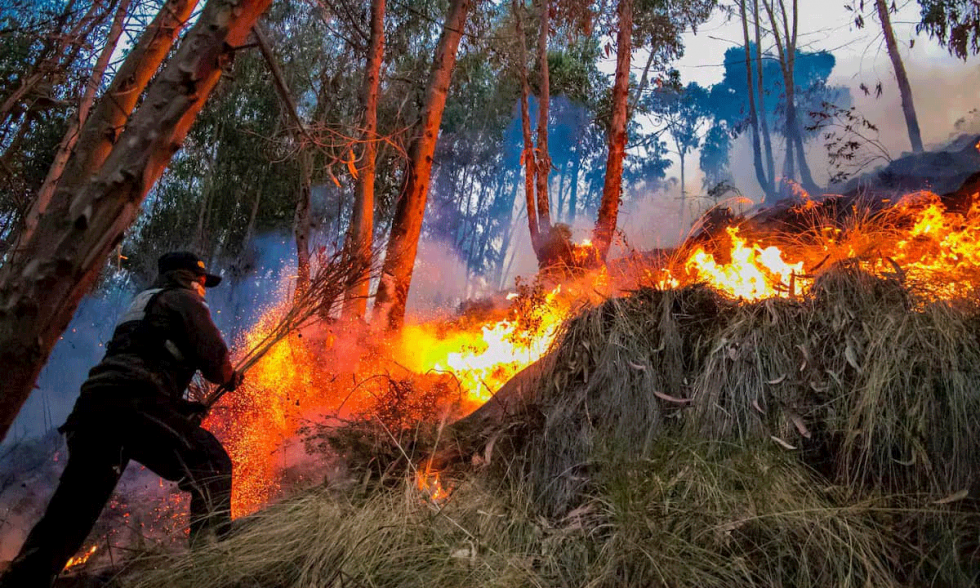Free Trade Zones as Catalysts for Global Investment and Workforce Development
In today’s increasingly competitive global economy, free trade zones (FTZs) have evolved beyond their traditional role as tax-exempt industrial enclaves. They now represent powerful instruments for national development strategies, attracting investment, fostering industrial innovation, and enabling workforce specialization. Across Latin America and beyond, FTZs are becoming cornerstones of regional competitiveness and a model for public-private collaboration.
According to data from the World Free Zones Organization (WFZO), there are currently over 5,000 FTZs worldwide, generating more than 100 million jobs and contributing significantly to national GDPs. Latin America alone is home to more than 600 FTZs, playing a vital role in economic development and international trade connectivity.
Economic Strategy and Investment Magnet
FTZs offer companies reduced operational costs through tax benefits, streamlined customs procedures, and optimized logistics. These incentives, combined with legal stability, have made FTZs increasingly attractive to multinational corporations seeking to establish regional hubs, manufacturing plants, or service centers in strategic locations.
In countries like Colombia and the Dominican Republic, FTZs account for a major share of foreign direct investment (FDI). These zones often host high-value industries including pharmaceuticals, automotive, biotechnology, and global services. Their contribution goes beyond financial metrics—they often serve as catalysts for technology transfer, training programs, and innovation ecosystems.
Mexico’s FTZ initiatives along the US border, combined with nearshoring trends, are also gaining traction as companies seek to relocate supply chains closer to North American markets. Meanwhile, Panama’s Colón Free Zone continues to operate as a major re-export hub for the Americas, benefiting from its strategic maritime location.
Talent Mobility and Education Synergies
A less discussed but increasingly relevant aspect of FTZs is their impact on workforce development and education. The clustering of industries within FTZs naturally creates demand for skilled labor and opens the door for partnerships between companies, governments, and higher education institutions.
Technical training centers, vocational schools, and corporate academies are often located near or within FTZs to ensure a steady supply of qualified workers. These collaborations are vital in bridging the skills gap in emerging markets and preparing future professionals to compete in high-tech and globalized industries.
In Uruguay and Costa Rica, for example, educational initiatives have been embedded into FTZ frameworks to support the growth of clean technology and software development sectors. These integrated models show how FTZs can serve as platforms not just for trade, but for inclusive economic development.
Logistics and Digital Infrastructure
The geographical location of FTZs—often near ports, airports, and trade corridors—enhances their value as logistics hubs. With the rise of e-commerce and digital supply chains, many FTZs are evolving into “smart zones” equipped with advanced infrastructure, real-time tracking technologies, and automated customs systems.
This digital transformation is enabling just-in-time delivery models, inventory optimization, and enhanced cross-border cooperation. Governments in Latin America and Asia are investing heavily in these areas, aiming to position their FTZs as regional tech and logistics leaders.
The integration of smart technologies is not only improving operational efficiency but also enabling greater transparency and regulatory compliance, addressing international concerns over trade facilitation and sustainability.
A Shift Toward ESG and Sustainability
Global investors are increasingly applying environmental, social, and governance (ESG) criteria in their decision-making. As a result, FTZs are under pressure to demonstrate commitment to sustainability and ethical business practices.
Progressive FTZs are now incorporating ESG frameworks into their operations. This includes energy-efficient buildings, circular economy initiatives, inclusive hiring policies, and carbon neutrality goals. By doing so, these zones not only attract conscious investors but also align themselves with the UN Sustainable Development Goals (SDGs).
Chile and Peru, for example, are redesigning aspects of their FTZ legislation to promote green industry practices, positioning themselves as leaders in sustainable trade ecosystems. Meanwhile, the World Bank and regional development banks are offering technical and financial support to help modernize and align FTZs with international best practices.
Outlook for Global Collaboration
As trade tensions and geopolitical shifts reshape global supply chains, FTZs are becoming even more relevant. Their flexibility, combined with strategic policy design, can help countries adjust to rapid changes in global trade patterns, energy markets, and digital commerce.
What is increasingly evident is that FTZs are not isolated economic zones but dynamic platforms for cross-border cooperation, public-private innovation, and inclusive growth. Their success depends not only on infrastructure and tax benefits but on the quality of institutions, talent, and vision behind their development.
As the world rethinks the architecture of globalization, FTZs may well play a leading role in building resilient, innovative, and human-centered economic models.
Source: Infobae
Related Articles
Todos los derechos reservados




Comentarios